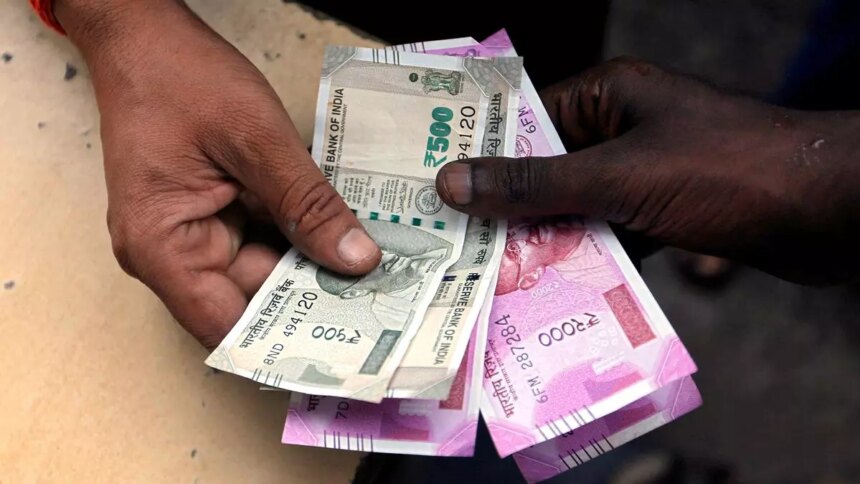In the wake of the rupee depreciating against the US dollar, it is crucial to understand the factors that are contributing to this trend. The recent depreciation of the rupee by 9 paise to close at 85.73 against the dollar can be attributed to strong dollar demand from importers and foreign fund outflows. The dollar has been gaining strength against most currencies and continues to remain robust, which has further dampened investor sentiments.
The global markets are also experiencing low volumes due to the ongoing holiday season in major economies like Europe. This has added to the pressure on the rupee, making it vulnerable to external factors.
Despite a sharp recovery in domestic equities, the rupee struggled to hold its ground against the dollar. The intra-day trading range for the rupee was between 85.68 and 85.79 against the dollar, before closing at 85.73 (provisional). This marks a significant decline compared to its previous close.
Looking ahead, experts predict that the rupee may continue to face downward pressure due to the strength of the US dollar and increased demand from importers. Foreign Institutional Investors (FIIs) are also expected to continue offloading their investments, which could further weigh on the rupee.
On the positive side, the Reserve Bank of India (RBI) may intervene to support the rupee at lower levels, which could provide some relief. However, the overall outlook remains cautious, with the USD/INR spot price expected to trade within a range of 85.50 to 86.
In terms of global economic indicators, the dollar index, which measures the dollar’s strength against a basket of six major currencies, was marginally lower at 108.46. Meanwhile, Brent crude oil prices rose to USD 75.32 per barrel in futures trade, indicating potential inflationary pressures that could impact the rupee’s value.
In conclusion, the recent depreciation of the rupee against the dollar highlights the challenges faced by the Indian currency in the current economic climate. It is essential for investors and policymakers to closely monitor external factors and adopt necessary measures to stabilize the rupee and ensure financial stability in the long run.










